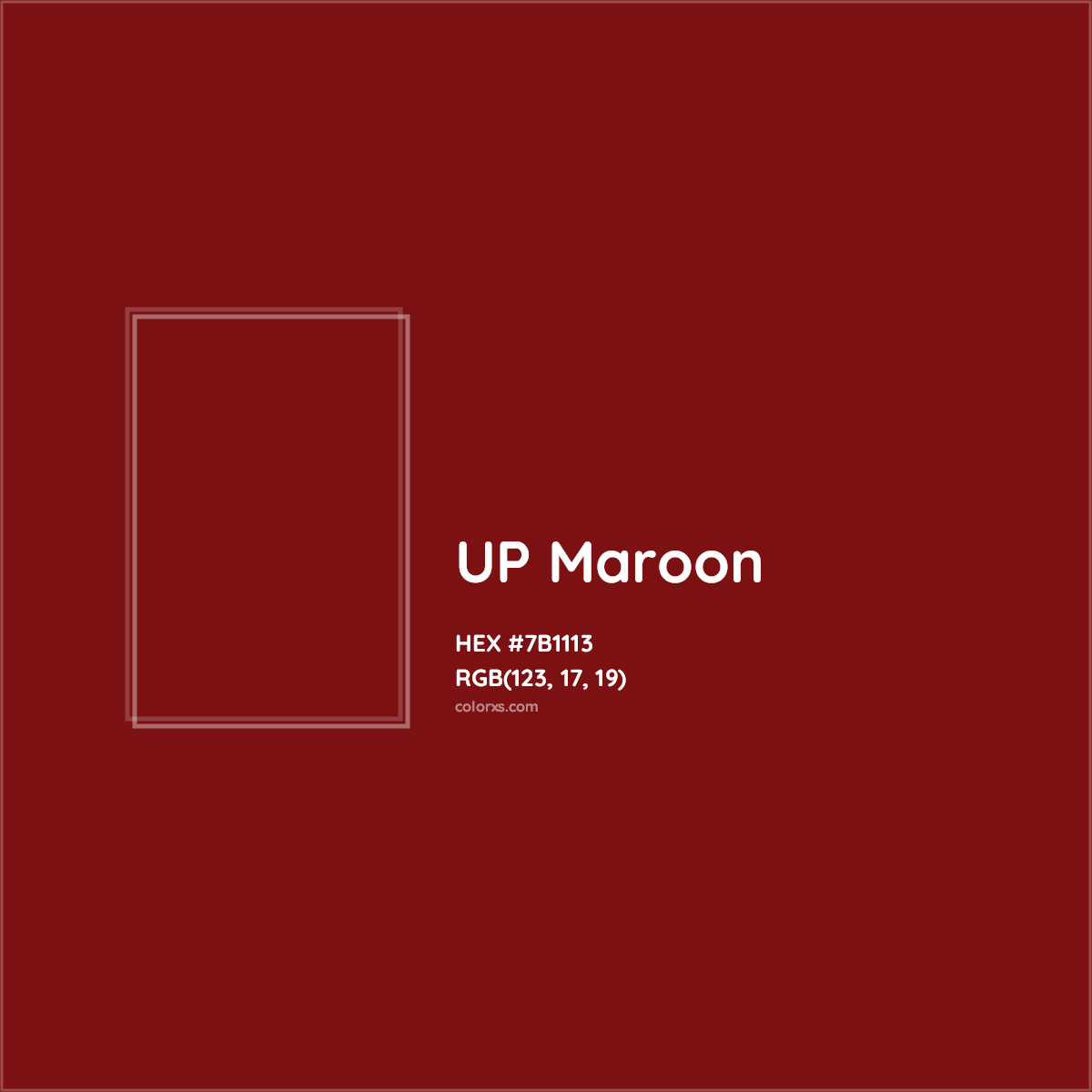You May Also Like :

Unveiling the Depths of Maroon: A Pantone Perspective
Decoding the Rich Hues of Maroon
Maroon, a colour that evokes feelings of sophistication and deep warmth, holds a significant place in the world of design and fashion. But what exactly defines this rich hue within the precise world of Pantone? It’s not just a simple shade; it’s a carefully calibrated combination of pigments, a testament to the science of colour. Think of it as the refined cousin of red, a shade that whispers elegance rather than shouting for attention. The Pantone system, with its meticulous numbering, allows us to pinpoint the exact essence of maroon, ensuring consistency across various mediums, from textiles to digital displays. This precision is essential for designers, manufacturers, and anyone who needs to replicate the colour accurately.
Delving deeper, we find that maroon’s complexity stems from its blend of red with brown and a touch of blue. This subtle mix creates a colour that is both grounding and luxurious. Unlike the vibrancy of pure red, maroon possesses a certain gravity, a sense of history and tradition. This makes it a popular choice for branding, particularly for companies that want to project an image of reliability and sophistication. Imagine the rich, deep tones of a well-aged wine; that’s the kind of visual impact maroon can achieve. It’s a colour that invites contemplation, a shade that tells a story.
Furthermore, the specific Pantone numbers associated with maroon can vary slightly, depending on the desired effect. Some variations may lean more towards a brownish hue, while others may have a stronger red undertone. This flexibility allows designers to choose the perfect shade to match their specific needs. Each Pantone number provides a detailed breakdown of the colour’s composition, ensuring that the final result is exactly as intended. It’s like having a recipe for colour, guaranteeing a perfect batch every time. This level of detail is what sets Pantone apart, making it the industry standard for colour communication.
In a world where colour consistency is paramount, Pantone’s role in defining maroon is indispensable. It provides a universal language for colour, eliminating ambiguity and ensuring that everyone is on the same page. This is especially important in industries where branding and visual identity are critical. From fashion designers selecting the perfect shade for their collections to graphic designers creating logos and marketing materials, the Pantone system provides a reliable framework for working with maroon. It’s the silent partner that ensures colour accuracy and consistency.
The Psychological Impact of Maroon in Design
Exploring the Emotional Resonance of Maroon
Colours, as we know, have a profound impact on our emotions and perceptions. Maroon, with its deep and complex nature, is no exception. It’s a colour that often evokes feelings of power, sophistication, and even a touch of mystery. Think of the rich, velvety texture of a maroon curtain in a grand theatre, or the deep, lustrous sheen of a maroon velvet cushion. These images convey a sense of opulence and refinement. It’s a colour that commands attention without being overly aggressive.
In branding, maroon can be used to create a sense of trust and reliability. Companies that choose maroon as their primary colour often want to project an image of stability and experience. It’s a colour that suggests a long history and a solid foundation. Consider the branding of prestigious institutions or established brands; maroon is often present, reinforcing their image of authority. It’s a colour that says, “We’ve been here, and we’re here to stay.”
Moreover, maroon can also evoke feelings of warmth and comfort. It’s a colour that reminds us of cosy evenings by the fireplace, or the rich, comforting hues of autumn foliage. This makes it a popular choice for interior design, particularly in spaces where a sense of intimacy and relaxation is desired. Imagine a living room with maroon accent walls or a bedroom with maroon bedding; these spaces feel inviting and comforting. It’s a colour that embraces you, providing a sense of security and warmth.
However, it’s important to use maroon judiciously. Too much of it can create a feeling of heaviness or even oppressiveness. Balancing maroon with lighter, complementary colours is key to creating a harmonious and inviting space. Think of pairing maroon with cream, gold, or even a soft grey. These combinations can create a sense of balance and prevent the space from feeling overwhelming. It’s about creating a visual symphony, where each colour plays its part in creating a cohesive whole.
Maroon in Fashion and Textiles: A Timeless Trend
The Enduring Appeal of Maroon in Apparel
Maroon has consistently graced the runways and wardrobes of fashion enthusiasts worldwide. Its versatility and timeless appeal make it a staple in both casual and formal wear. From elegant evening gowns to cosy knitwear, maroon adds a touch of sophistication to any ensemble. It’s a colour that transcends seasons and trends, remaining a classic choice year after year. Think of a tailored maroon blazer, a piece that can instantly elevate any outfit, or a flowing maroon dress, exuding elegance and grace. It’s a colour that flatters a wide range of skin tones, making it a universally appealing choice.
In the world of textiles, maroon is often used to create rich and luxurious fabrics. Velvet, silk, and wool are just a few examples of materials that showcase the beauty of maroon. These fabrics add depth and texture to garments, creating a sense of opulence and refinement. Imagine a velvet maroon evening gown, shimmering under the lights, or a wool maroon scarf, providing warmth and style. It’s about creating tactile experiences, where the colour and texture work together to create a sensory delight.
Moreover, maroon pairs beautifully with a variety of other colours, making it a versatile addition to any wardrobe. It complements neutrals like black, grey, and beige, as well as bolder hues like gold, emerald green, and navy blue. This flexibility allows for endless styling possibilities, from classic and sophisticated looks to more contemporary and edgy ensembles. Think of pairing a maroon top with black trousers for a sleek and modern look, or a maroon skirt with a gold blouse for a touch of glamour. It’s about creating a personal style that reflects your individuality.
From the subtle accents of maroon accessories to the bold statement of a maroon coat, this colour has the power to transform any outfit. It adds a touch of drama and sophistication, elevating even the simplest of looks. It’s a colour that empowers, instilling confidence and poise. Whether it’s a small detail or a dominant feature, maroon leaves a lasting impression. It’s about making a statement without saying a word.
Digital Applications: Optimizing Maroon for Web and Graphic Design
Ensuring Colour Accuracy in Digital Media
In the digital realm, achieving accurate colour representation is crucial. Maroon, with its complex composition, requires careful calibration to ensure that it appears correctly across different screens and devices. This is where the Pantone system becomes invaluable, providing precise colour codes that can be used in web design, graphic design, and digital marketing. Think of the importance of consistent branding across a website, social media, and digital advertisements. The correct Pantone code ensures that the maroon in a logo appears the same on every platform. It’s about maintaining visual consistency and brand integrity.
When working with maroon in digital design, it’s important to consider factors such as screen resolution, colour profiles, and file formats. Using the correct colour codes and ensuring that your designs are optimized for different devices can help to prevent colour distortion and ensure that your visuals look their best. Think of the frustration of seeing a different shade of maroon on a phone screen compared to a desktop monitor. Proper calibration eliminates these inconsistencies, ensuring a seamless visual experience. It’s about delivering a consistent and professional look.
Furthermore, maroon can be used effectively in web design to create a sense of depth and sophistication. It can be used for background colours, text, and graphic elements, adding a touch of elegance to any website. Consider a website with a maroon background and white text; this creates a visually striking contrast, drawing the viewer’s attention. It’s about using colour to create a visual hierarchy, guiding the viewer’s eye and enhancing the user experience.
In graphic design, maroon can be used to create impactful visuals for logos, brochures, and other marketing materials. Its rich and luxurious nature makes it a popular choice for brands that want to project an image of quality and sophistication. Think of a maroon logo embossed on a business card, creating a lasting impression of professionalism and elegance. It’s about creating a visual identity that resonates with your target audience.
Maroon in Cultural Context: Symbolism and Significance
The Diverse Meanings of Maroon Across Cultures
Maroon, like any colour, carries different meanings and symbolism across various cultures. In some cultures, it represents strength, courage, and resilience. In others, it may symbolize wealth, prosperity, and good fortune. Think of the use of maroon in royal robes and ceremonial attire, signifying power and authority. It’s about understanding the cultural context in which a colour is used, to avoid misinterpretations and ensure that your message is received as intended.
Historically, maroon has been associated with royalty and nobility, due to the expense of producing the dye. This association with wealth and status has persisted through the centuries, influencing its use in fashion and design. Consider the use of maroon in the uniforms of prestigious institutions and organizations, reinforcing their image of exclusivity and prestige. It’s about creating a visual language that
Maroon Cmyk Color Hex Code Is 761f14
Red Maroon Color Hex Code Is 8f0b0b

2880×1800 Bright Maroon Solid Color Background
Matte Maroon Color Hex Code Is 671819

Color Converter Hex To Cmyk Teacherreka





